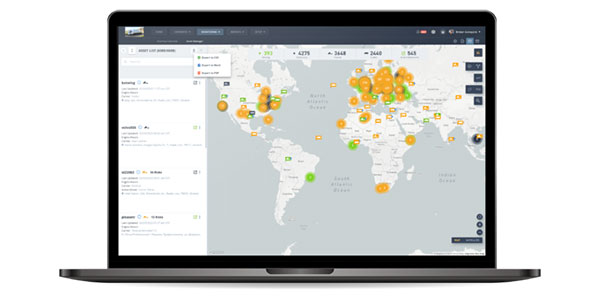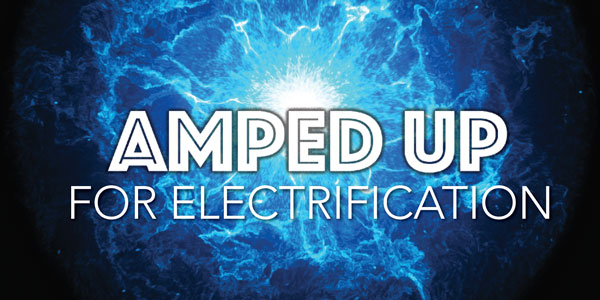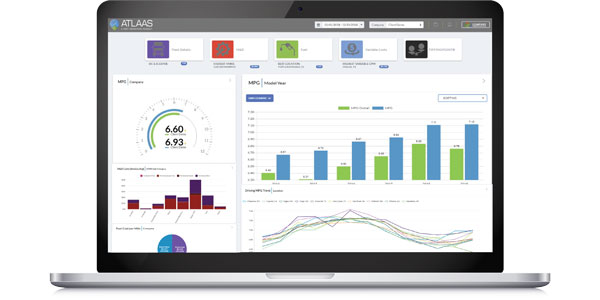When the truck leaves the plant and is delivered to a customer or dealer, all wheel bearing and torque adjustments are done according to the manufacturer’s specifications. Unfortunately, the very first time a wheel is removed for a tire change or a brake job, the lug nuts are rarely put back on to controlled specs. Rather, they are slammed back on with a one-inch impact gun and are often tightened by as much as 200 to 400 ft.-lbs. over spec. This over-tightening is the one of the major reasons that wheel offs occur, due to the stretching of the studs beyond their yield points.
Over-tightening can also damage the lug nuts, wheels and hubs. These wheels will be taken off and put back on dozens of times over the life of the vehicle, each time being subjected to different tightening methods and/or numerous torque levels – in short, a wheel-off waiting to happen.
I have found options in the aftermarket that allow fleet technicians to install all of the lug nuts on the wheel to the exact, consistent specifications of the manufacturer (or fleet maintenance practices), which reduces the potential damage caused by excessive over tightening. The solution is a hand-held, pneumatic nut runner (air torque wrench). There are numerous brands from different companies, but Chicago Pneumatic manufactures the one I like best, the Blue Tork. This precision hand-held tool is not an impact gun. It is a precision nut runner that uses technology approved by international standards for measuring torque. The tool is quiet, and since it is not an impact gun, it is smooth and gentle with regard to the hands and arms of the technician.
With this type of tool, fleet shop technicians can be confident that they have installed the wheel and the lug nuts to the exact specifications. If your maintenance program includes torquing every wheel at each PM, you may want to use a nut runner to reduce physical labor and to possibly avoid an injured employee/workmen comp claim – or worse, a wheel-off situation.
Over the last 30 years of my career in this industry, I have been advising fleets to do frequent torquing and, where volume permits, use the proper air torque wrench.
For more information, visit www.darrystuart.com or e-mail comments or question requests to Darry at: [email protected].













